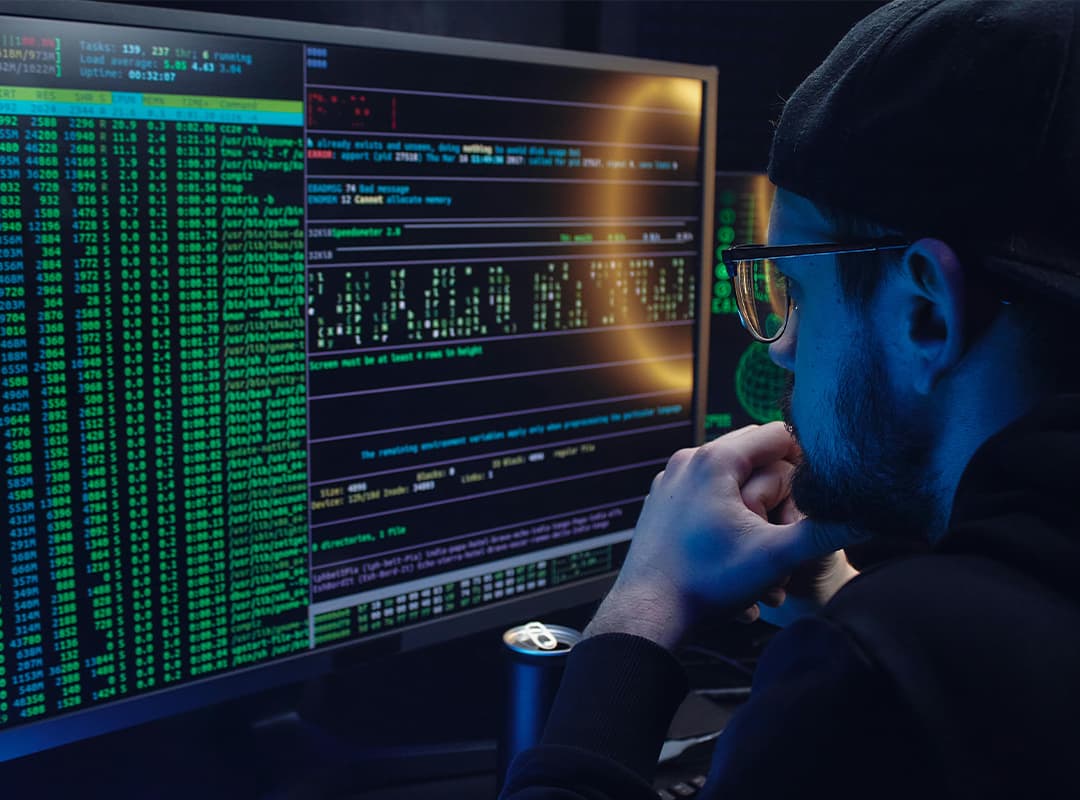Video encoding and decoding are fundamental processes in the world of digital media, enabling the efficient storage, transmission, and playback of video content across various platforms and devices. Whether you’re streaming a movie online or editing a video on your computer, these processes are constantly at play. But how exactly do they work? In this article, we will break down the basics of video encoding and decoding, exploring the role of codecs, compression algorithms, and the concept of an ipacket in video streaming.
What Is Video Encoding?
Video encoding is the process of converting raw video data into a compressed format that can be easily stored, transmitted, or played back. Raw video files contain a massive amount of data that is too large to handle efficiently. Encoding reduces this data size while maintaining as much of the original quality as possible.
Key Components of Encoding:
- Codecs (Coder-Decoder): A codec is software or hardware that compresses (encodes) and decompresses (decodes) video files. Popular codecs include H.264, H.265 (HEVC), VP9, and the newer AV1. These codecs use complex algorithms to reduce the size of the video data without a significant loss of quality.
- Compression: Video compression is essential for encoding. It involves reducing the amount of data required to represent the video by eliminating redundancy. Compression can be either:
- Lossless: Retains all the original data, which results in larger file sizes but perfect quality.
- Lossy: Reduces file size by discarding some data, typically resulting in a slight reduction in quality, which may not be noticeable to the viewer.
- Bitrate: The amount of data processed over a certain amount of time (usually measured in kilobits per second, Kbps, or megabits per second, Mbps). A higher bitrate generally means better video quality, but also larger file sizes.
- Frames: Video is composed of a series of still images called frames. During encoding, codecs may apply different compression techniques to keyframes (full frames) and interframes (which store only changes from the previous frame) to reduce file size.
The Role of an IPacket in Encoding and Streaming
In the context of video encoding, especially when video is transmitted over networks, a crucial unit of data is called an ipacket. An ipacket refers to a fragment of video data that is transmitted as part of a larger video stream. Each ipacket contains a small portion of the compressed video information, allowing it to be sent efficiently over the internet or other networks.
In video streaming, the encoded video is divided into these ipackets and sent to the recipient’s device. Once all ipackets are received, they are reassembled and decoded to recreate the video. The use of ipackets ensures that video can be streamed without interruptions, even over unstable or bandwidth-limited connections.
What Is Video Decoding?
Video decoding is the reverse of encoding. When you play a video on your device, it must first be decoded so that it can be displayed correctly on your screen. The decoding process takes the compressed video file and reconstructs it to create a watchable format.
Key Steps in Decoding:
- Reading the Encoded Data: The decoder reads the compressed video data that has been encoded and transmitted in small units (such as ipackets).
- Decompression: The decoder then reverses the compression process, recreating the frames of the video based on the keyframes and interframes stored in the encoded data.
- Rendering: Finally, the decoded frames are rendered in sequence to display a smooth video on your screen.
Much like encoding, decoding also relies heavily on codecs. The codec used to decode a video must be compatible with the one used during the encoding process.
Why Encoding and Decoding Are Crucial for Video Streaming
Without video encoding, streaming platforms like YouTube, Netflix, or any other video-on-demand service would struggle to deliver content efficiently. Here’s why encoding and decoding are critical:
- Bandwidth Efficiency: Video encoding compresses files to a fraction of their original size, making them easier to transmit over the internet. Encoded video streams are broken into ipackets, which are sent over the network in a manageable way, allowing for smooth playback even on slower connections.
- Device Compatibility: Different devices and platforms support different codecs. Encoding a video in widely-supported formats like H.264 ensures it can be played back on various devices, from smartphones to televisions.
- Quality Preservation: While encoding reduces file size, advanced codecs ensure that quality loss is minimal, providing viewers with high-quality video even at lower bitrates.
Video encoding and decoding are the heart of modern digital media. The encoding process compresses video files to ensure efficient transmission and storage, while decoding reverses this process to allow smooth playback on various devices. Key technologies, such as codecs and ipackets, play a vital role in making this possible, ensuring that video content can be delivered swiftly and effectively to millions of viewers worldwide.
Whether you are a developer working with media files or just curious about how your favorite video streaming service works, understanding the basics of encoding and decoding helps reveal the incredible complexity behind the simple act of watching a video online.


